
KQED Science News
KQED
KQED Public Media for Northern CA
- 37 minutes 43 secondsInfluencer Endorsements Gone Wild
This episode was originally published November 2, 2024.
In this final episode of the Close All Tabs miniseries, host Morgan Sung examines the increasing power of social media influencers in politics. Joined by WIRED senior tech and politics writer Makena Kelly, Morgan dives into the growing tensions between influencers and traditional journalists and explores how “shadow money” is quietly flowing to influencers for political endorsements, keeping the public in the dark about who’s funding content.
Read the transcript of this episode here.
Want to give us feedback on the series? Shoot us an email at [email protected]
14 January 2025, 9:40 pm - 34 minutes 52 secondsStan Wars, The Fandom Menace
This episode was originally published October 26, 2024.
In this episode of Close All Tabs, host Morgan Sung examines the rise of “stan culture” in politics, where passionate supporters rally around political figures with the same fervor typically reserved for pop stars. Morgan is joined by tech and culture reporter Kat Tenbarge to unpack the evolution of cults of personality in digital spaces, what makes some candidates more “stan-worthy” than others, and how all of this has troubling implications for public discourse.
Read the transcript here.
Want to give us feedback on the series? Shoot us an email at [email protected]
14 January 2025, 9:40 pm - 37 minutes 47 secondsCouch F***** Memes vs The Truth
This episode was originally published October 19, 2024.
In this episode of Close All Tabs, host Morgan Sung dives into the world of viral political memes with TechCrunch senior writer Amanda Silberling, unraveling the origins of the infamous JD Vance “couch rumor.” What began as a seemingly frivolous post on X about the Republican VP nominee spiraled into a meme with real-world consequences, shifting the tone of the race. Morgan is also joined by Imran Ahmed, CEO of the Center for Countering Digital Hate, to explore the fragile line between satire and disinformation in modern politics.
Read the transcript here.
Want to give us feedback on the series? Shoot us an email at [email protected]
14 January 2025, 9:40 pm - 41 minutes 2 secondsFrom the Dean Scream to Brat Memes
This episode was originally published October 12, 2024.
Welcome to Close All Tabs, a special KQED podcast series exploring the intersection of internet culture and politics. In this first episode, host Morgan Sung takes us through the evolution of online campaigning—from the early days of dial-up modems to today’s Twitch streams. We’ll revisit iconic moments like “the Dean scream” and “Pokemon Go to the polls,” examine how memes became a legitimate political force, and discuss why Kamala Harris and Donald Trump are turning to podcasters and streamers to reach voters.
Read the transcript here.
Want to give us feedback on the series? Shoot us an email at [email protected]
14 January 2025, 9:39 pm - More Episodes? Get the App
Your feedback is valuable to us. Should you encounter any bugs, glitches, lack of functionality or other problems, please email us on [email protected] or join Moon.FM Telegram Group where you can talk directly to the dev team who are happy to answer any queries.
 Hidden Brain
Hidden Brain
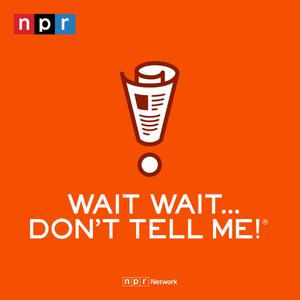 Wait Wait... Don't Tell Me!
Wait Wait... Don't Tell Me!
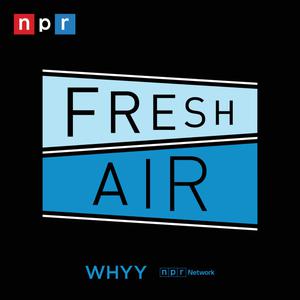 Fresh Air
Fresh Air
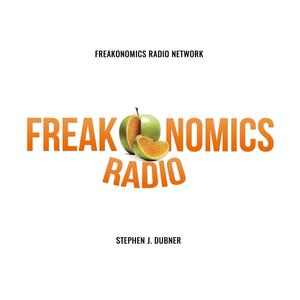 Freakonomics Radio
Freakonomics Radio
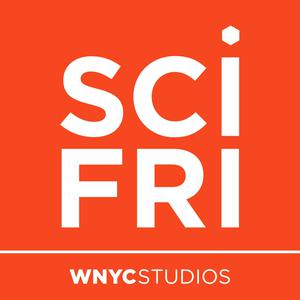 Science Friday
Science Friday
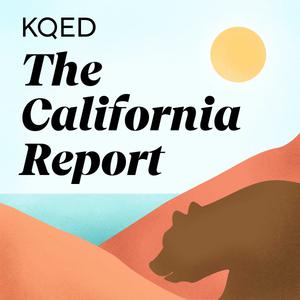 KQED's The California Report
KQED's The California Report